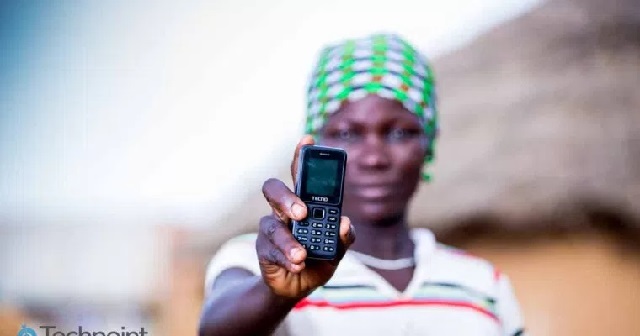As 2020 draws closer, the Central Bank of Nigeria (CBN) and operators in the financial sector are stepping up efforts to ensure that the country succeeds in achieving its 80 per cent financial inclusion target.
Given that surveys conducted by the development finance organization, the Enhancing Financial Innovation and Access (EFInA), had shown that Nigeria’s financial exclusion rate reduced from 53.0 per cent in 2008 to 46.3 per cent in 2010, the Central Bank of Nigeria (CBN) and the stakeholders who collaborated with it to launch the National Financial Inclusion Strategy on 23rd October, 2012, must have been quite optimistic that they would meet their goals.
Principally aimed at reducing the country’s financial exclusion rate to 20 per cent by 2020, the strategy also set targets such as, increasing the percentage of adult Nigerians with access to payment services from 21.6 per cent in 2010 to 70per cent in 2020; increasing the number of those with access to savings from 24.0per cent to 60per cent; increasing access to credit from 2per cent to 40per cent, insurance from 1 per cent to 40per cent and pensions from 5per cent to 40per cent, within the same period.
Similarly, under the strategy, channels for delivering financial services were equally targeted to improve, with Deposit Money Bank (DMB) branches targeted to increase from 6.8 units per 100,000 adults in 2010 to 7.6 units per 100,000 adults in 2020, microfinance bank branches to increase from 2.9 units to 5.5 units per 100,000 adults in 2020 and Automated Teller Machines (ATMs) from 11.8 units to 203.6 units per 100,000 adults in 2020.
Also targeted to improve were Point of Sale terminals (POS) from 13.3 units to 850 units per 100,000 adults between 2010 and 2020 and mobile agents from 0 to 62 units, for the same number of adults and within the same period. According to the CBN, “the targets were based on bench marking exercise carried out with peer countries, while also taking into consideration critical growth factors in the Nigerian environment.”
However, at a workshop organised by the banking watchdog last November, the chair of EFInA’s Board, Ms. Modupe Ladipo, disclosed that 40.1 million Nigerian adults (41.6per cent of the adult population) were still financially excluded, that is, without any form of access to financial services.
She identified factors, which, according to EFInA, are mainly responsible for increasing the financially excluded population in Nigeria.
Specifically, she said: “Generally, income levels in Nigeria are very low. 19.6per cent of Nigerians mainly get their source of income from non-farming business while 19.1per cent get theirs from family business (subsistence or commercial farming).”
Pointing out that only 4.2per cent of Nigeria’s adult population get their source of income from the formal sector, the EFInA boss also revealed that the organisation’s surveys indicate that the Northern region has a high level of financial exclusion due to massive job losses, limited resources and no basic facilities for opening a bank account.














